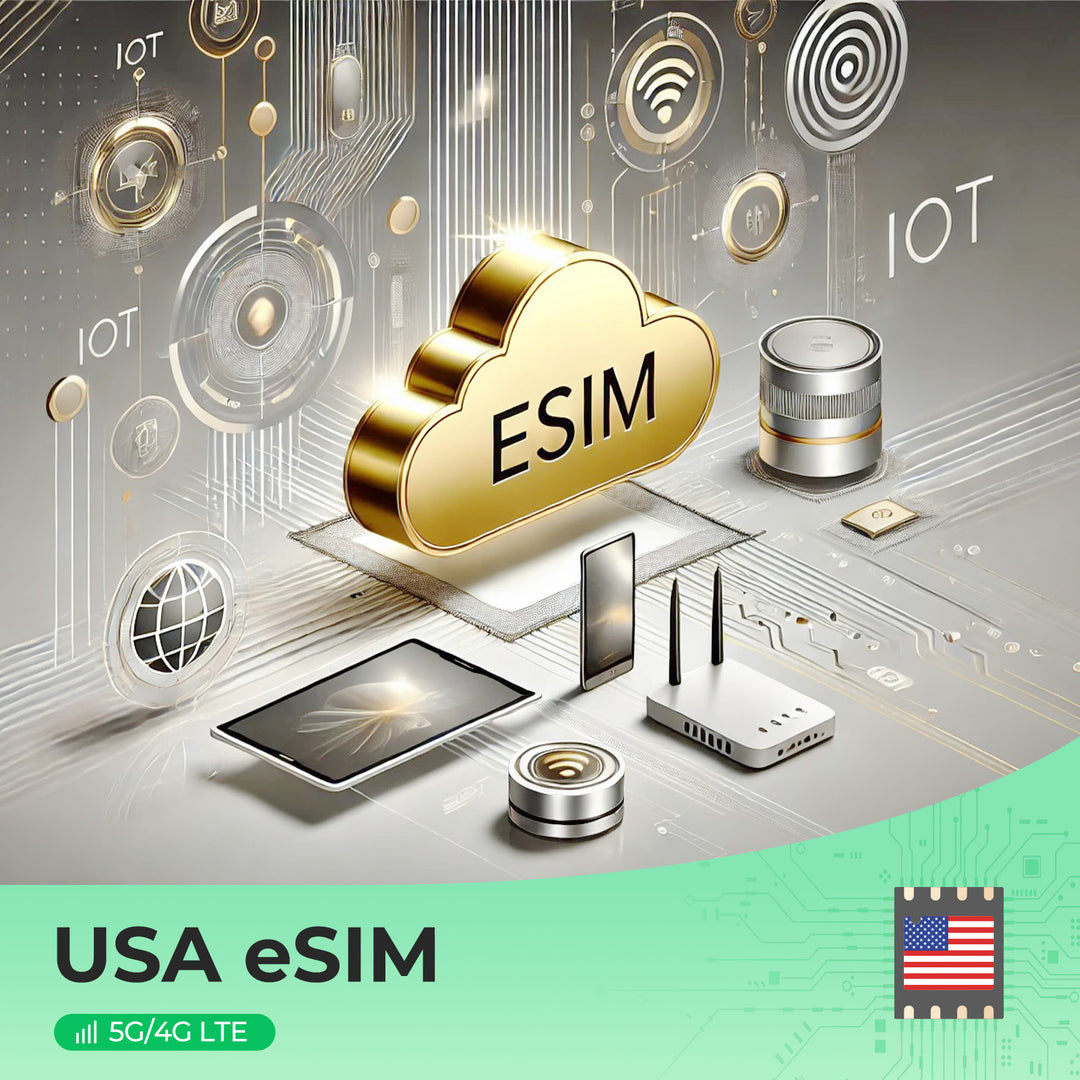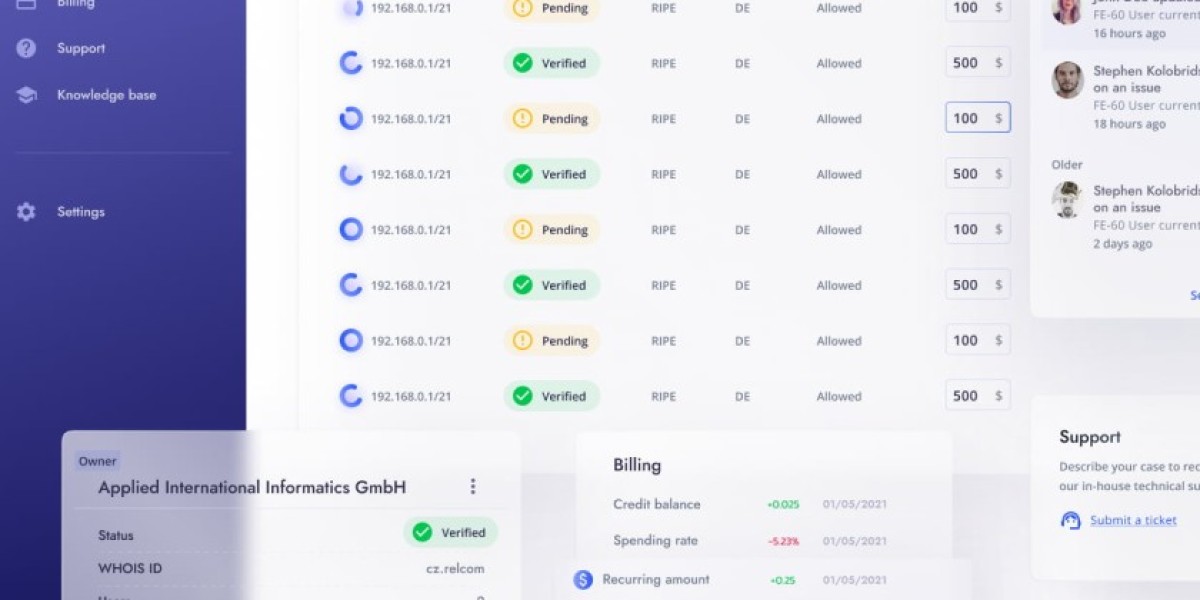Unlock the Future: Why You Can't Afford to Ignore eSIM Cards!
In today's fast-paced digital landscape, the way we connect and communicate has undergone a remarkable transformation. One of the most significant advancements in this realm is the introduction of eSIM cards. Unlike traditional SIM cards, which physically insert into devices, eSIM technology is embedded directly into smartphones, tablets, and wearables. This shift not only enhances convenience but also paves the way for a more flexible and efficient connectivity experience. As we explore the evolution from traditional SIM cards to eSIMs, it becomes evident that this innovation is not just a trend; it represents a fundamental change in how consumers manage their mobile services.

Understanding eSIM Cards
An eSIM, or embedded SIM, is a digital version of a traditional SIM card. Unlike its predecessor, which requires a physical card to be inserted into a device, an eSIM is built into the device itself, allowing for remote provisioning and management. This means that users can switch carriers or plans without needing to visit a store or wait for a new SIM card to arrive in the mail. The key differences lie in the convenience, space-saving capabilities, and the ability to store multiple profiles on a single eSIM. This functionality makes it particularly appealing for frequent travelers or those who wish to manage multiple mobile accounts seamlessly. The advantages of eSIM technology extend beyond just ease of use; they also open the door to innovations like IoT connectivity and improved security features.
Benefits of eSIM Cards
The benefits of eSIM cards are substantial and varied. One of the most notable advantages is flexibility. With an eSIM, users can conveniently switch between different network providers without the hassle of swapping physical cards. This is especially useful for travelers who can easily switch to local carriers to avoid exorbitant roaming charges. Convenience is another significant factor; eSIMs allow for remote activation, meaning users can activate their service from anywhere in the world with just a few taps on their device. Enhanced connectivity options are also a key feature, as eSIMs can support multiple profiles, allowing users to maintain personal and work numbers or have additional data plans for international travel. Personally, I recall a friend who traveled extensively for work; the eSIM allowed him to maintain his home number while easily connecting to local networks in each country he visited, saving both time and money.
How to Purchase or Activate an eSIM Card
Purchasing and activating an eSIM card is a straightforward process, provided you have a compatible device. First, ensure your smartphone or device supports eSIM technology. Most recent models from major manufacturers do, but it's always wise to double-check. Once confirmed, you can purchase an eSIM plan through your carrier, either online or in-store. After purchasing, you'll typically receive a QR code via email or text, which you'll use to activate your eSIM. To do this, navigate to your device's settings, select 'Mobile Data' or 'Cellular,' and look for the option to add a new plan. Scanning the QR code will guide you through the activation process. For those who may feel apprehensive about technology, I have a friend who was initially skeptical but found the process to be incredibly user-friendly, even for someone not particularly tech-savvy. Once activated, your eSIM will function just like a traditional SIM, enabling you to make calls, send texts, and access mobile data without any hassle.
Challenges and Considerations
Despite the many advantages, there are some challenges and considerations to keep in mind when transitioning to eSIM technology. One of the primary concerns is device compatibility; not all devices support eSIMs, which means users without compatible devices may miss out on the benefits. Additionally, carrier support can vary significantly. While many major carriers now offer eSIM options, some smaller providers may still rely solely on traditional SIM cards. It's essential to research and ensure your preferred carrier supports eSIMs before making the switch. Moreover, there may be challenges related to managing multiple profiles, particularly if you’re frequently switching between providers. My friend, who initially switched to an eSIM, faced a few hiccups when trying to manage multiple lines, but with a bit of patience and research, he was able to navigate the complexities.
Embracing the Future of Mobile Connectivity
As we navigate an increasingly connected world, the importance of eSIM cards cannot be overstated. They represent a significant leap forward in mobile technology, offering users unparalleled flexibility, convenience, and enhanced connectivity options. While there are challenges to consider, the benefits far outweigh the drawbacks for many consumers. As you contemplate your future connectivity needs, embracing eSIM technology could very well be the key to unlocking a more efficient and adaptable mobile experience. Whether you're a frequent traveler, a tech enthusiast, or someone simply looking for a hassle-free way to manage mobile plans, eSIM cards are worth considering for your next device upgrade.






